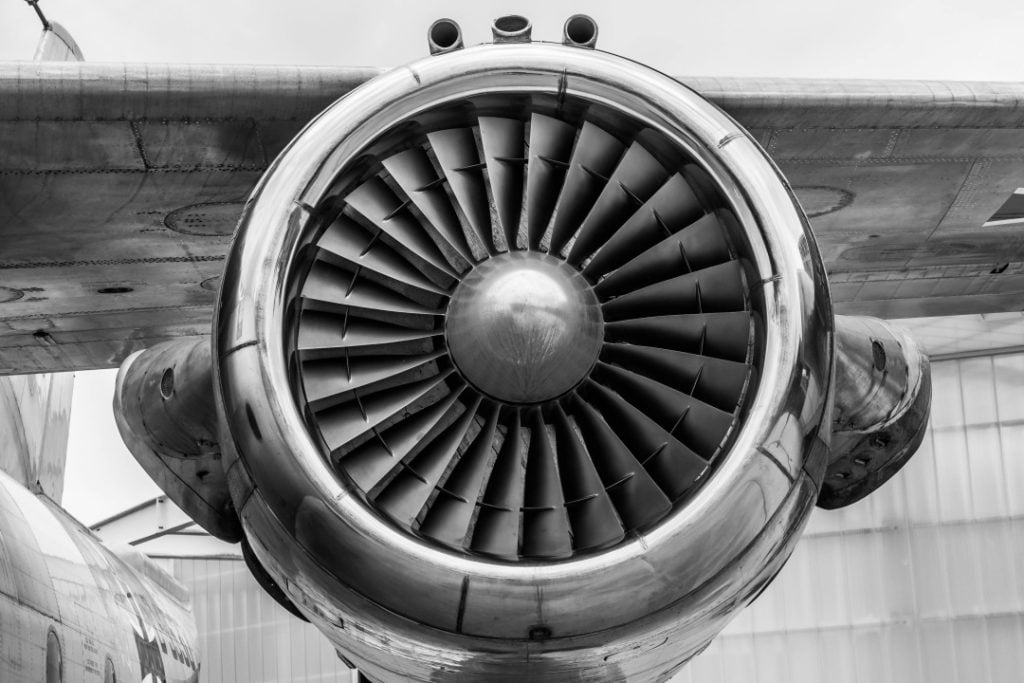Within a time of fast technological development, the aviation sector is about to undergo a revolution. As the demand for air travel rises worldwide, the aviation industry is developing at an unprecedented speed both on the ground and in the air. From sustainable aviation fuels (SAF) to autonomous flying technology, these developments are redefining air transport going forward. Apart from developments in operating techniques and aircraft design, ground support equipment such as industrial utility vehicles (IUVs) is increasingly important. From aircraft maintenance to cargo handling, these vehicles serve every aspect of airport operations and help to create general efficiency and sustainability. These technical developments are building the groundwork for a more dynamic, efficient, and ecologically conscious aviation scene as the sector responds to fresh challenges and possibilities.
The Emergence of Autonomous Aircraft Technology
Driven by autonomous technology, the aviation industry is seeing a tsunami of developments providing fresh paths for efficiency, safety, and cost control. Although the aviation industry has been technologically developing for a long time, it is now approaching the release of completely autonomous aircraft. By solving concerns like pilot shortages and operating expenses, these aircraft should reduce the need for human pilots. To precisely manage flight operations, navigation, and emergency procedures, autonomous systems would mostly depend on artificial intelligence (AI). Using autonomous aircraft might transform freight and commercial flights, therefore maximizing airspace use and enhancing safety. By maintaining constant communication with air traffic control and other aircraft, AI-driven solutions would help ease congestion and delays. Notwithstanding obstacles like governmental permission and technical confidence, autonomous flying technologies clearly have great promise and will probably be critical in the future of air travel.
Fueling the Aviation Green Revolution
Sustainable aviation fuel (SAF) is rapidly becoming a key component in reducing the environmental impact of the aviation industry. renewable sources like algae, agricultural waste, and even carbon extracted from the air, SAF differs from conventional jet fuel. By greatly lowering the carbon footprint of air travel, this bio-based fuel offers airlines a workable way to reach worldwide environmental goals. Because SAF fits current aircraft engines, airlines may use it without having to make significant fleet changes. Demand for this environmentally friendly fuel is projected to grow as big airlines pledge to switch part of their fleets to SAF. Still, there are difficulties, especially in increasing SAF output and lowering costs. Environmental organizations and governments are encouraging SAF development; efforts are concentrated on improving production techniques and construction of infrastructure to satisfy the rising demand for sustainable aviation fuel.
The Value of Industrial Utility Vehicles (IUVs) for Airport Operations
Effective airport operations depend on industrial utility vehicles (IUVs), which enable a spectrum of activities necessary for the seamless running of an airport. From freight transportation to aircraft maintenance, these adaptable trucks help with everything, including crew transportation and baggage delivery. IUVs provide fast and safe completion of important tasks such as towing aircraft, loading and unloading luggage, and ground support provision. As sustainability takes front stage, electric IUVs are starting to appeal as they emit less noise than conventional gasoline-powered cars. Furthermore, adding to operating efficiency are sophisticated technologies such as GPS tracking and automated systems used in IUVs. IUVs will become more and more important as airports expand and upgrade in order to satisfy the needs of heavy airport traffic and preserve flawless operations while reducing environmental effects.
Harnessing Artificial Intelligence and Automation
More effective air traffic control (ATC) systems are becoming necessary as air traffic volume rises. Next-generation ATC systems use artificial intelligence and automation to simplify air traffic control, therefore relieving the human controller’s load. Real-time analysis of enormous volumes of data by artificial intelligence may help to forecast possible aircraft conflicts and provide suggested flying courses. Faster, wiser decision-making made possible by this degree of predictive analysis improves safety and efficiency by itself. Automating repetitive activities helps ATC systems allow human controllers to concentrate on more complicated situations, therefore lowering the chance of human mistakes. More precise coordination of aircraft made possible by AI-powered ATC will help cut fuel usage and minimize delays. By incorporating artificial intelligence into ATC systems, air traffic management might be revolutionized and a solution for the growing complexity of air travel provided, therefore enhancing operational capacity.
Changing Short-Haul Trips
Positioned to change short-haul travel, electric aircraft provide a cleaner alternative for traditional air travel. These zero-emission electric propulsion systems drive these aircraft, so they are perfect for lowering the carbon footprint of regional flights. For short trips, usually less than 300 miles, when the benefits of lower running costs and sustainability may be fully appreciated, electric aircraft show especially great promise. The range and capabilities of these aircraft will keep expanding as battery technology develops and electric propulsion systems become more efficient. While airports would gain from calmer operations, airlines may save much on fuel expenses. Although battery life, charging infrastructure, and regulatory clearance present difficulties, electric aircraft unquestionably have the ability to transform regional air travel. This change would improve the surroundings and provide fresh business prospects within the aviation sector.
Conclusion
Driven by technical developments that promise to change the experience of air travel, the aviation sector is about to undergo a revolution. From autonomous flying technology to the growth of sustainable the trends related to aviation fuel and the role of industrial utility vehicles in airport operations are laying the groundwork for a more efficient, sustainable, and dynamic future. Offering answers to many of aviation’s present problems, next-generation air traffic control systems driven by artificial intelligence and the deployment of electric aircraft for short-haul flights will further transform the sector. The future of air travel has many opportunities, as these developments keep flying.
Tyler Harrison is a huge horror movie fan always on the hunt for the next big scare. His reviews offer deep insights into classic slashers and the latest releases, exploring themes and innovative techniques. Tyler’s passion for horror makes his perspective essential for any enthusiast.






